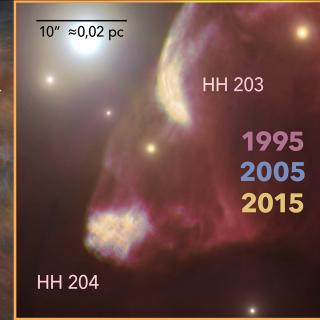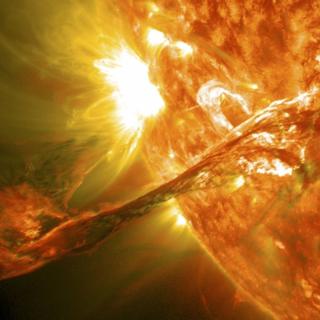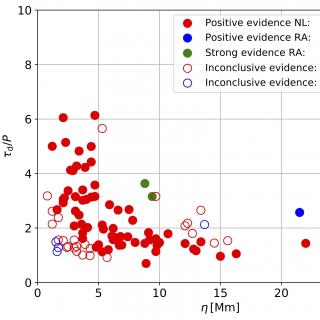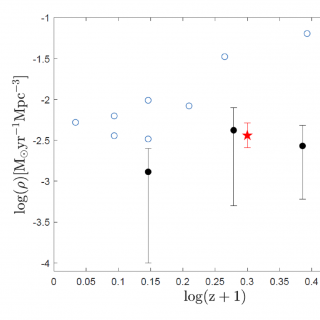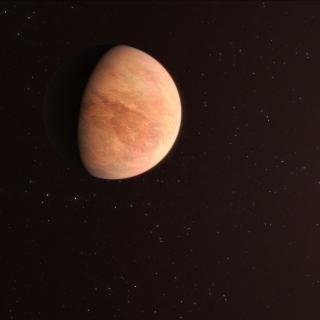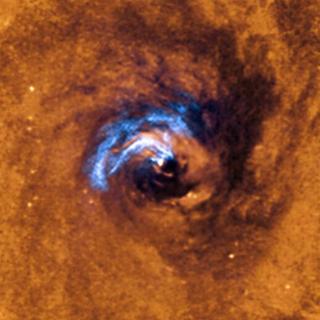
The black holes at the centres of galaxies are the most mysterious objects in the Universe, not only because of the huge quantities of material within them, millions of times the mass of the Sun, but because of the incredibly dense concentration of matter in a volume no bigger than that of our Solar System. When they capture matter from their surroundings they become active, eventually giving rise to the ejection of huge amounts of energy. It is however difficult to detect the black hole during these capture episodes because the event is rare. We detected l ong and narrow dust filaments
Advertised on
